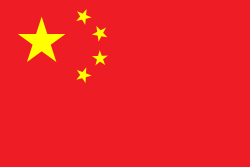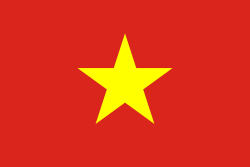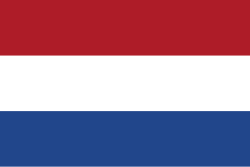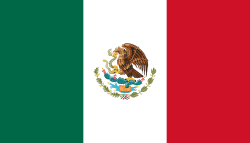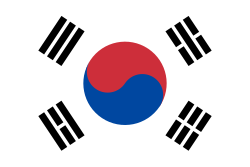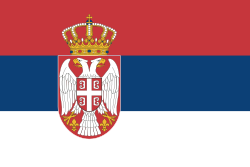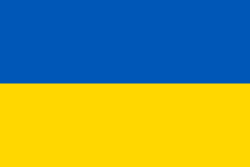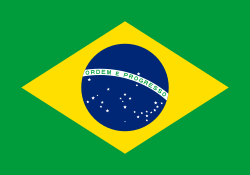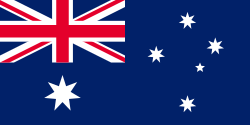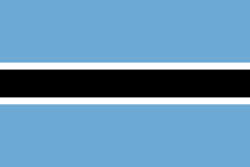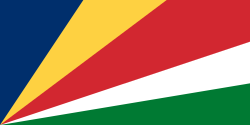Olympische Jugend-Sommerspiele 2014/Badminton


Bei den Olympischen Jugend-Sommerspielen 2014 in der chinesischen Metropole Nanjing wurden drei Wettbewerbe im Badminton ausgetragen.
Die Wettbewerbe fanden vom 17. bis zum 22. August im Nanjing Sport Institute statt.
Qualifikation
Modus
Jeweils 32 Mädchen und Jungen starteten bei den Spielen. 28 Sportler pro Disziplin qualifizierten sich auf Basis der Weltrangliste, wobei pro NOK nur ein Starter vertreten sein durfte, es sei denn, zwei Spieler waren in den Top 4 der Weltrangliste. Jeder der fünf Kontinentalverbände erhielt automatisch einen Startplatz ebenso wie das Gastgeberland. Die vier verbleibenden Plätze wurden von der Tripartite Commission vergeben.
Jungen
| Mädchen
|
Sieger und Platzierte
| Disziplin | Gold | Silber | Bronze |
|---|---|---|---|
| Herreneinzel | |||
| Dameneinzel | |||
| Mixed |
Weblinks
Auf dieser Seite verwendete Medien
Pictograms of Olympic sports - Badminton. This is unofficial sample picture. Images of official Olympic pictograms for 1948 Summer Olympics and all Summer Olympics since 1964 can be found in corresponding Official Reports.
bendera Indonesia
Flagge Österreichs mit dem Rot in den österreichischen Staatsfarben, das offiziell beim österreichischen Bundesheer in der Charakteristik „Pantone 032 C“ angeordnet war (seit Mai 2018 angeordnet in der Charakteristik „Pantone 186 C“).
Chinese Taipei Olympic Flag. According to the official website of Chinese Taipei Olympic Committee, Blue Sky(circle) & White Sun(triangles) above the Olympic rings is neither the National Emblem of the Republic of China, nor the Party Emblem of Kuomintang (KMT), but a design in between, where the triangles do not extend to the edge of the blue circle, as registered at International Olympic Committee in 1981 and digitally rendered in 2013. Besides, the blue outline of the five-petaled plum blossom is broader than the red one. Moreover, the CMYK code of the blue one and the Blue Sky & White Sun is "C100-M100-Y0-K0", and different from the Olympic rings (C100-M25-Y0-K0). Note that it's the only version recognized by IOC.
Chinese Taipei Olympic Flag. According to the official website of Chinese Taipei Olympic Committee, Blue Sky(circle) & White Sun(triangles) above the Olympic rings is neither the National Emblem of the Republic of China, nor the Party Emblem of Kuomintang (KMT), but a design in between, where the triangles do not extend to the edge of the blue circle, as registered at International Olympic Committee in 1981 and digitally rendered in 2013. Besides, the blue outline of the five-petaled plum blossom is broader than the red one. Moreover, the CMYK code of the blue one and the Blue Sky & White Sun is "C100-M100-Y0-K0", and different from the Olympic rings (C100-M25-Y0-K0). Note that it's the only version recognized by IOC.
Flag of Australia, when congruence with this colour chart is required (i.e. when a "less bright" version is needed).
See Flag of Australia.svg for main file information.Die Flagge von Nepal mit rechtem Rand (Seitenverhältnis 3:4)
Die Flagge von Nepal mit rechtem Rand (Seitenverhältnis 3:4)
Das Bild dieser Flagge lässt sich leicht mit einem Rahmen versehen
Olympic Rings without "rims" (gaps between the rings), As used, eg. in the logos of the 2008 and 2016 Olympics. The colour scheme applied here was specified in 2023 guidelines.
Olympic Rings without "rims" (gaps between the rings), As used, eg. in the logos of the 2008 and 2016 Olympics. The colour scheme applied here was specified in 2023 guidelines.

